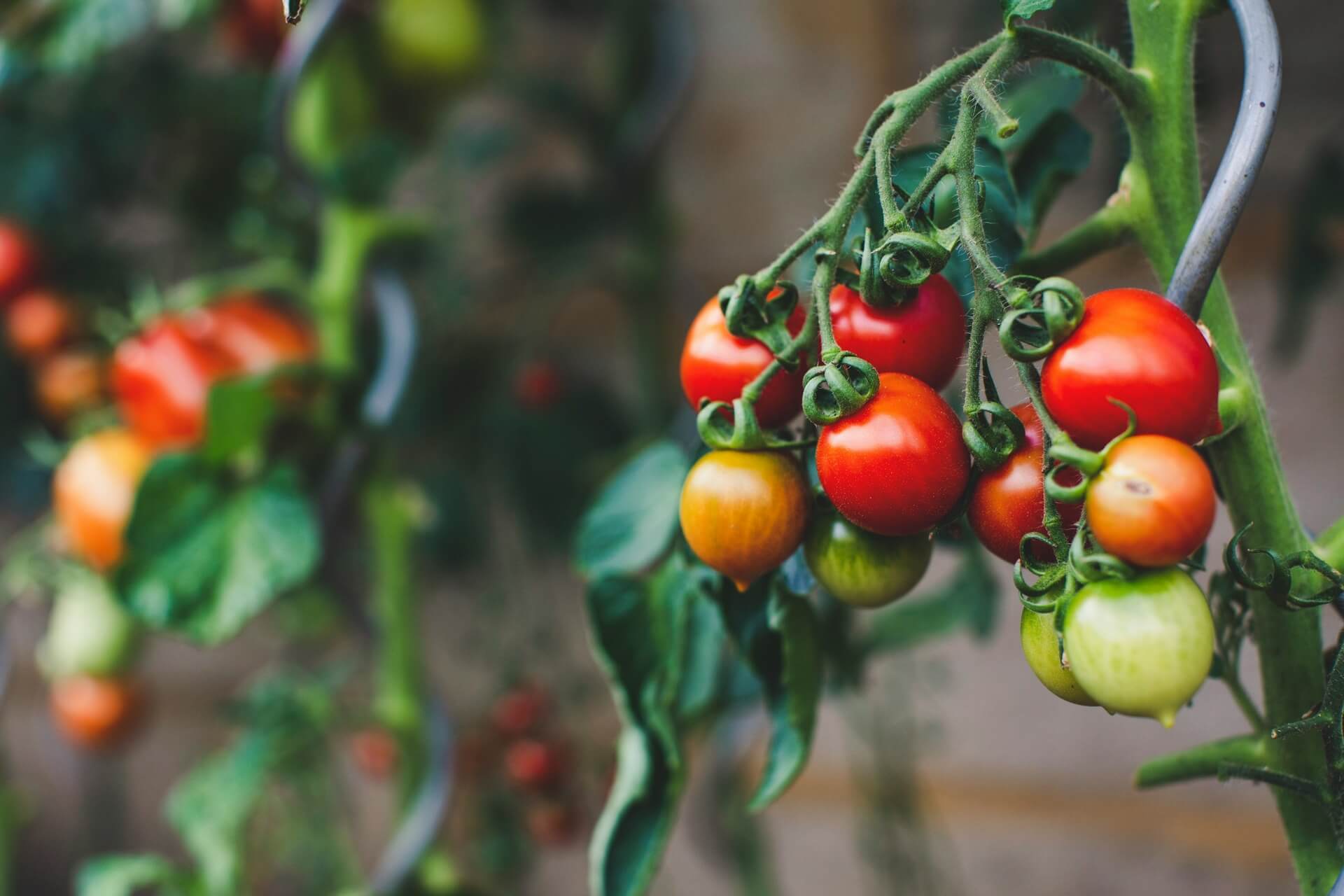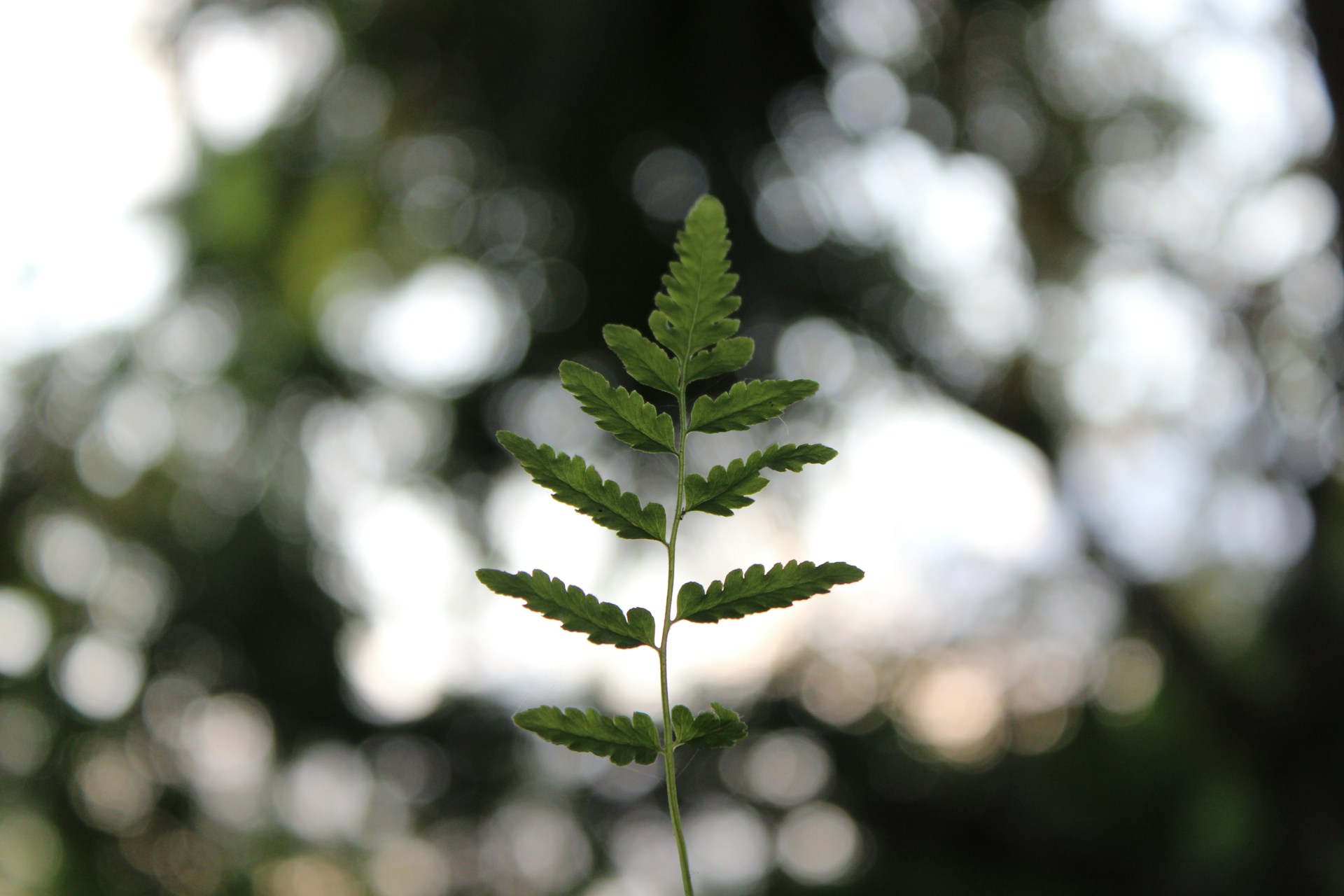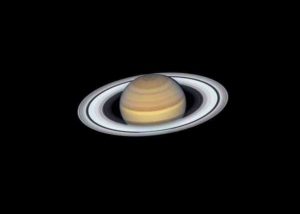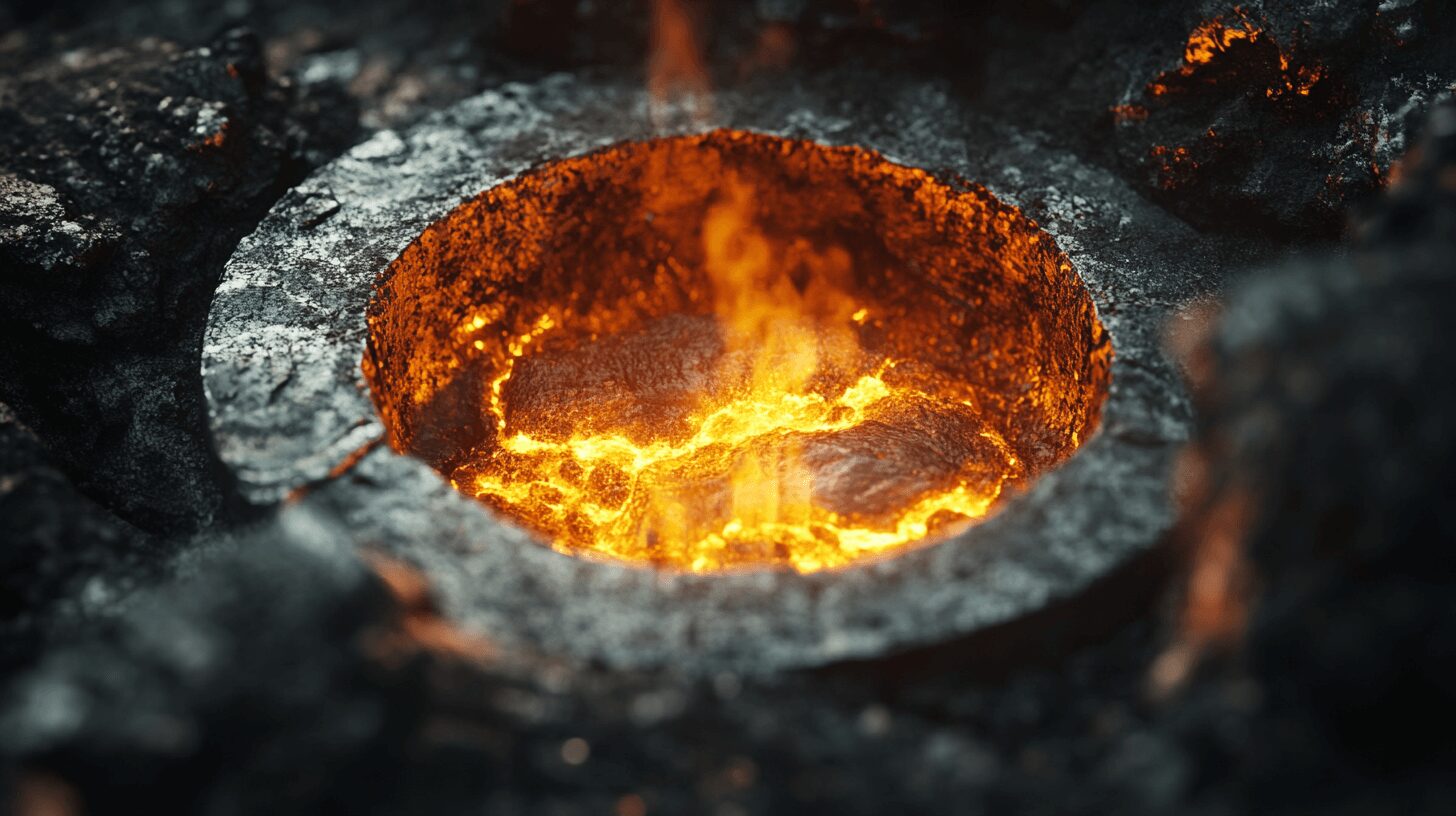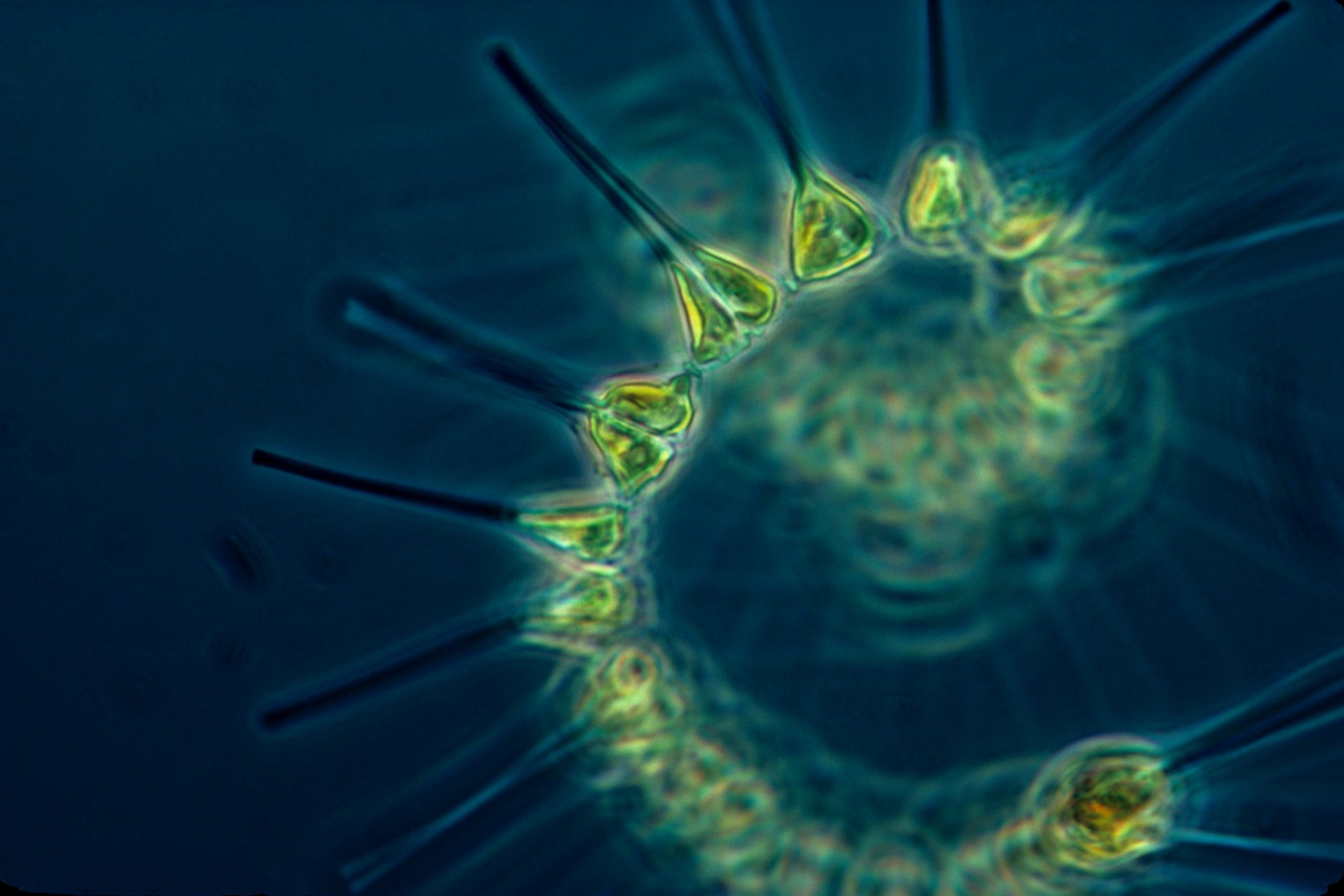
Ocean Phytoplankton: The Tiny Tech Powerhouses Fighting Climate Change
September 4, 2025 - Emily Newton
Revolutionized is reader-supported. When you buy through links on our site, we may earn an affiliate commission. Learn more here.
When viewing satellite images of the Great Barrier Reef before and after extensive bleaching, the once vibrant ecosystem appears rather ghostly. The stark appearance highlights the urgent threat of climate change and the damage it causes to the world’s oceans. However, drifting along the waves is a small but mighty force that is an overlooked ally: Ocean phytoplankton.
These plant-like microorganisms are at the trophic level of the food web and capture significant amounts of carbon dioxide (CO2) through photosynthesis. As the scientific community hurries to solve the climate crisis before it is too late, phytoplankton may deserve more attention than it is receiving.
The Science of Ocean Phytoplankton
Ocean phytoplankton are microalgae that contain chlorophyll, similar to terrestrial plants. They float near the ocean’s euphotic zone, within 600 to 900 feet of the surface, where they receive sunlight and inorganic nutrients to flourish.
There are two categories of phytoplankton — dinoflagellates and diatoms — one that uses a tail to traverse the sea while the other relies on its currents to move it along. In healthy ecosystems, jellyfish, shrimp and other species feed on phytoplankton, making them a critical food source.
Most impressively, these tiny powerhouses sequester 40% of global CO2, despite accounting for only up to 2% of primary producer biomass. In fact, phytoplankton absorbs as much CO2 as all land plants combined.
Ocean Phytoplankton as a Carbon-Capture “Technology”
As highly sophisticated “technologists,” ocean phytoplankton use photosynthesis for oxygen generation and carbon capture. They draw CO2 from the water and convert it into organic matter that makes up their cells. Phytoplankton are also self-replicating — doubling in mass daily — enabling scalability and heightened CO2 sequestration without human or resource input.
Zooplankton, like krill, eat phytoplankton and become food for other aquatic species. Baleen whales, in particular, are a critical part of the feedback loop, consuming three times more krill than scientists previously thought.
When ocean phytoplankton die — or the larger creatures that eat them die or poop — the CO2 sinks to the ocean floor, becomes food for deep-sea organisms and gets stored well below the surface.
Threats to Ocean Phytoplankton Populations
Microalgae face increasing threats to their populations, from rising water temperatures to ocean acidification and pollution. Due to human activity, ocean acidity has increased by 30% since the 1850s. This phenomenon may reduce marine CO2 uptake by 10% in 50 years because of its toll on phytoplankton. As a result, CO2 may build up in the atmosphere faster and speed up the rate of global warming.
Pollution also builds up in the ocean, causing biotoxin accumulations within the marine food web. Many know this occurrence as harmful algal blooms (HABs). One type of HAB comprises neurotoxins generated by dinoflagellates. Exposure to HABs could significantly harm animals and humans alike, causing reproductive issues and changes to their behavior. Humans often fall ill or die from HABs after eating contaminated seafood.
Meanwhile, overfishing has indirect but dire effects on phytoplankton. The disappearance of their natural predators disrupts nutrient cycling and causes marine ecosystem imbalances. Overall, this may stress ocean phytoplankton populations and planetary health.
Enhancing Ocean Phytoplankton’s Potential
Scientists are exploring different ways to maximize marine microalgae’s potential. Macronutrient fertilization involves adding nitrogen and phosphorus to the ocean surface, stimulating phytoplankton production. The hope is for greater CO2 removal from the atmosphere, especially through large-scale ocean nourishment using urea. Conversely, micronutrient fertilization uses iron to promote phytoplankton growth.
Genetic engineering — while highly controversial in humans — is another potential approach to genetically modifying phytoplankton for enhanced carbon capture. Ethical considerations regarding altering natural systems are high, while some worry about transferring genes to other species.
Modern technology, such as artificial intelligence-powered sensors and satellite imagery, enables researchers to better monitor microscopic marine plants’ abundance, distribution and health. These tools are especially practical for tracking HABs and overall ocean health.
The Future of Ocean Phytoplankton and Climate Change Mitigation
Robust phytoplankton populations hinge on conservation efforts and pollution reduction. This means policies must be in place to promote lower CO2 emissions, optimized waste streams and sustainable fishing.
Further research is necessary to understand their increasing potential for CO2 capture, their threats, and whether they can undergo enhancements. The expansion of ocean fertilization projects must be closely monitored.
Communities should also participate in phytoplankton protection by learning about these critical microorganisms, supporting scientific research and advocating for regulations that safeguard the ocean. Collective efforts to mitigate climate change will have the most significant impact on microalgae’s survival.
FAQs About Ocean Phytoplankton
How Do Phytoplankton Respond to Warming Oceans?
Microorganisms are highly skilled when dealing with physiological stressors. As ocean temperatures increase, phytoplankton generate more saturated fats to maintain their cell structure and function.
Where Can You Find Resources About Ocean Phytoplankton and Climate Change?
Numerous online resources provide in-depth information about phytoplankton. Government agencies like the National Oceanic and Atmospheric Administration (NOAA), the National Aeronautics and Space Administration and the Intergovernmental Panel on Climate Change are good places to start.
Educational resources and research publications are also widely available on university websites and scientific journals. These platforms provide the latest information regarding new technologies and initiatives to boost phytoplankton populations.
What Can You Do to Protect Ocean Phytoplankton?
Individuals play an integral role in protecting ocean phytoplankton. You can do your part by joining nonprofit organizations advocating for ocean health and pollution reduction policies. Educating others about the importance of phytoplankton for CO2 sequestration is another way to raise awareness.
NOAA’s Phytoplankton Monitoring Network is a citizen science community that volunteers to monitor marine and freshwater phytoplankton and HABs. Your contributions, whether collecting samples or helping to identify species, can broaden NOAA’s online databases and assist state, federal and tribal managers as they manage HAB outbreaks.
Ocean Phytoplankton Is the True Climate Fighter
Ocean phytoplankton might very well be the silent champions of the climate fight. Although microscopic in size, these self-sustaining and self-replicating organisms capture immense amounts of CO2 from the atmosphere, outmatching any forest’s reach and unlocking a natural solution for a healthier planet.
Revolutionized is reader-supported. When you buy through links on our site, we may earn an affiliate commission. Learn more here.
Author
Emily Newton
Emily Newton is a technology and industrial journalist and the Editor in Chief of Revolutionized. She manages the sites publishing schedule, SEO optimization and content strategy. Emily enjoys writing and researching articles about how technology is changing every industry. When she isn't working, Emily enjoys playing video games or curling up with a good book.



